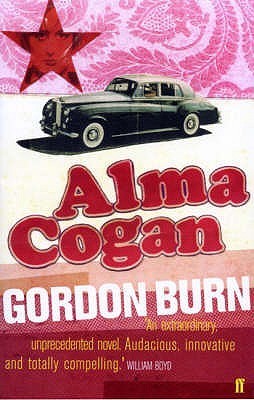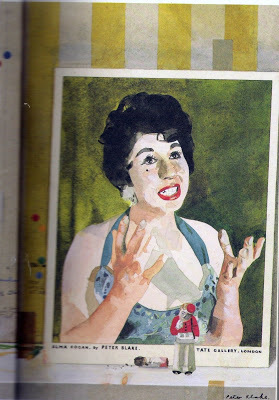What do you think?
Rate this book


224 pages, Paperback
First published January 1, 1991

The painting, created especially for the book, was supposed to go on the cover, but Peter works so slowly that his picture wasn’t ready when the publisher needed it for the dustjacket. Luckily he finished it in time for it to be inserted into the body of the book. By then, the publisher had come up with the Warhol-esque series of portraits which were used on the jacket.And the novel ends with an encounter with an obsessive super-fan, who refers to Alma the star in the third person in her presence as if perceives no connection between the mid 50s lady before him and the girl with the giggle in her voice of his dreams, and where Alma, is his extensive collection, discovers one particularly morbid exhibit revealing her connection to the Moors murders.
I’d had this idea about taking the Capote/Mailer non-fiction novel thing to its ultimate, which would also involve how things have changed with rolling news. The idea was to find a story, and the moment the news explosion happened to go there and write about it, turn it into a novel in the way that happens all the time through rolling news, newspapers, blogging. And to turn it around fast, so that the novel came out while the news coverage was still fresh in people’s minds.As it transpired there was no one defining 'news explosion' that summer, although there was the end of Tony Blair's premiership, the Madeline McCann abduction and the Glasgow airport bombings.
How does it feel to be never allowed to die? In his classic début novel, Gordon Burn takes Britain's biggest selling vocalist of the 1950s and turns her story into an equation of celebrity and murder. Fictional characters jostle for space with real life stars - from John Lennon to Doris Day and Sammy Davis Jnr - as Burn, in a breathtaking act of appropriation, reinvents the popular culture of the post-war years. As beautifully written as it is disturbing, Alma Cogan remains a stingingly relevant exploration of the sad, dark underside of fame.
